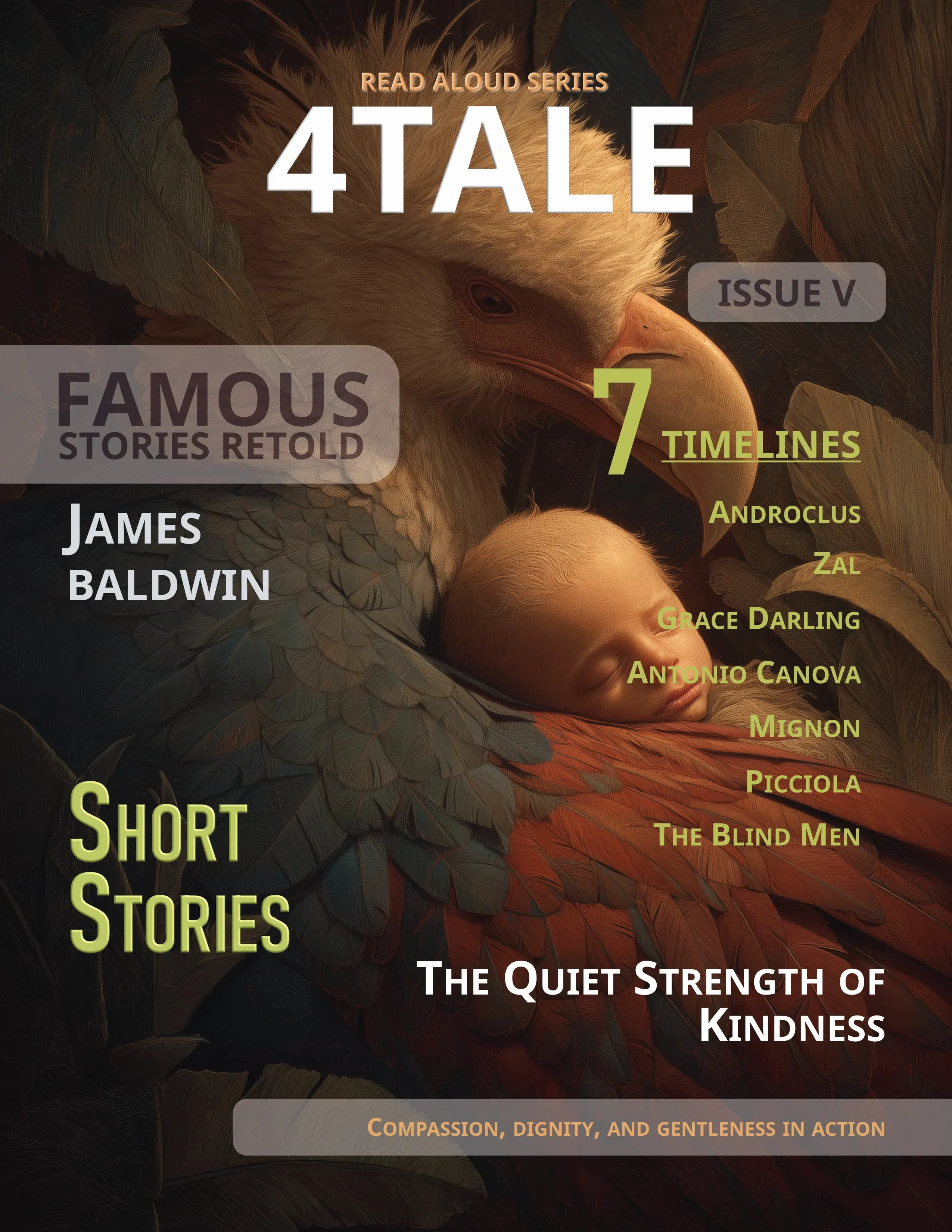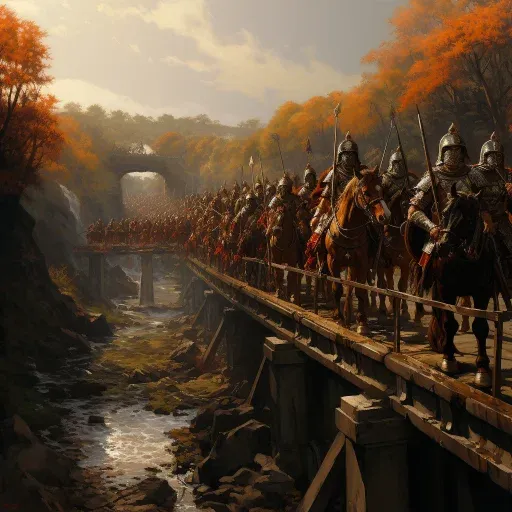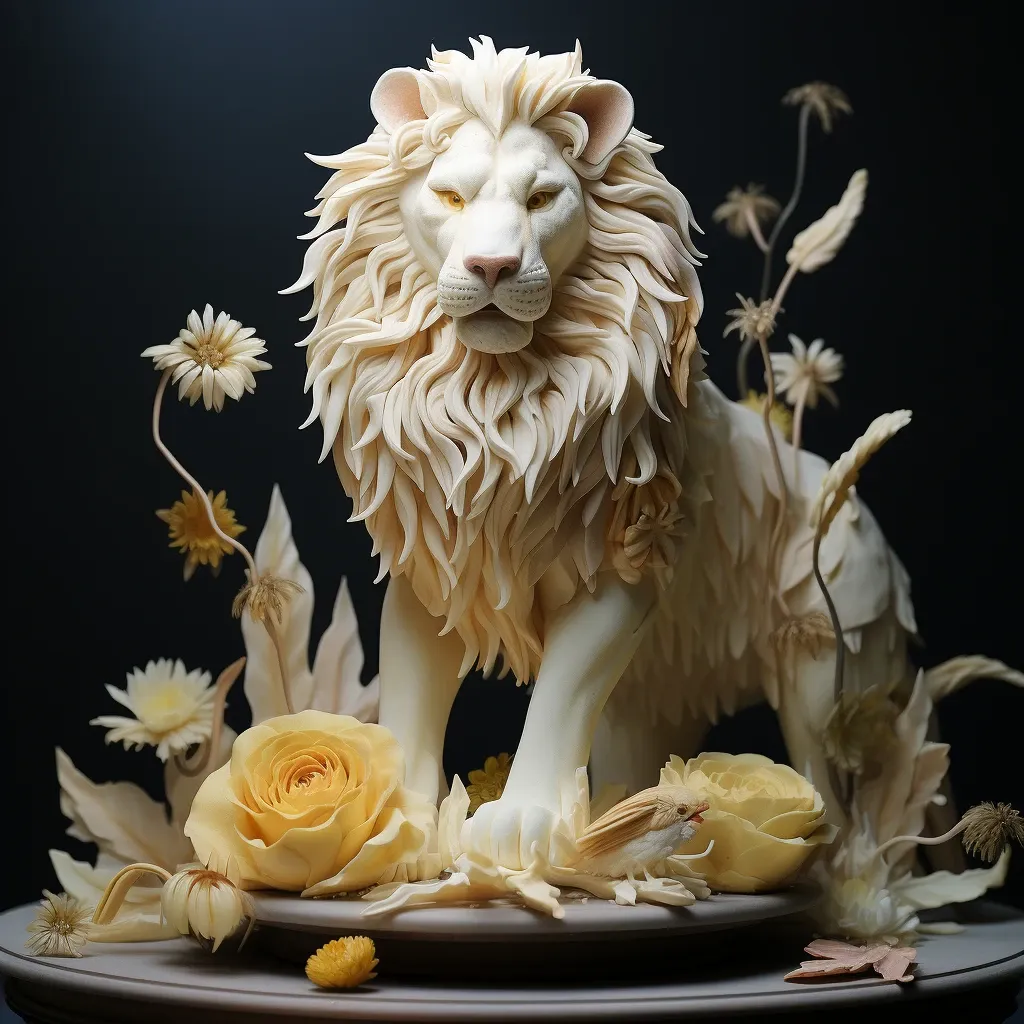
Heading
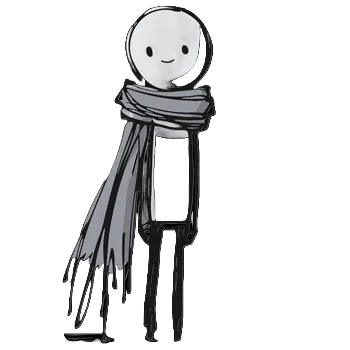
Famous Sculptor: Antonio Canova was an Italian sculptor known for his marble sculptures, which were renowned for their beauty and realism.
Notable Works: One of his famous works include sculptures such as "Psyche Revived by Cupid’s Kiss."
A good book we like, we explorers. That is our best amusement, and our best time killer
- Roald Amundsen, Explorer
Sculptor Antonio Canova: Humble Beginnings to World Renown
Born in the humble town of Italy, a lad named Antonio Canova rose from the dust of his grandfather's stoneyard to become a world-renowned sculptor. This is not just the tale of talent and skill, but a testament to perseverance, dedication, and the transformative power of art. Canova's journey, filled with unexpected twists and turns, will inspire you, leaving an indelible impression. Discover how a simple boy with a hammer, chisel and a dream ascended to the pinnacle of artistic achievement, shaping the landscape of sculpture forever.
Childhood and Early Life of Antonio Canova
Born into a modest family in Italy, Antonio Canova grew up with his grandfather who was a stonecutter. Antonio was a frail child and lacked the strength to engage in the physical labor that was an integral part of his grandfather’s profession. Despite his physical limitations, Antonio was drawn towards the stoneyard where his grandfather worked.
He would often accompany his grandfather to the yard, playing amongst the chips of stone while his grandfather worked. During these visits to the yard, he would try his hand at sculpting the soft clay or chiseling a piece of rock, showcasing his innate talent in the process. His grandfather was quick to recognize Antonio’s potential, often remarking, “The boy will be a sculptor someday.”
The Day at the Count's Mansion: An Unexpected Opportunity
Antonio’s grandfather was more than just a stonecutter; he was also an accomplished cook. On days when the Count in their town hosted grand dinners, he would often call upon Antonio’s grandfather for his culinary skills. On one such occasion, Antonio accompanied his grandfather to the Count’s mansion. While he was too young to be of any significant help, his smartness and quickness allowed him to assist in minor ways.
However, the day took an unexpected turn when a servant, in a state of panic, rushed into the kitchen with broken pieces of a marble statue. The statue was meant to be the centerpiece of the dinner table, and without it, the preparations for the grand feast seemed incomplete. It was then that Antonio saw an opportunity and stepped forward to help.
Podcast
The Butter Sculpture: A Display of Inborn Talent
Despite the skepticism and initial resistance, Antonio was allowed to try his hand at creating a substitute for the broken marble statue. With a kitchen knife and a large block of butter as his materials, Antonio set out to carve a sculpture. His nimble fingers quickly molded the butter into the shape of a crouching lion, leaving the kitchen staff in awe of his talent.
The butter sculpture was immediately recognized for its artistic brilliance and was placed at the center of the dinner table. As the guests arrived and saw the butter lion, they couldn't help but marvel at the incredible talent that had crafted it. Little did they know that the artist was none other than a young boy from the kitchen, Antonio Canova.
The Recognition: Antonio's Entry into the World of Art
Upon hearing Antonio Canova's name and learning that his only teacher had been his stonecutter grandfather, the guests were astounded. There were renowned artists present at the feast who could recognize the raw, innate talent in the boy. They lavished praise upon Antonio's extraordinary creation, acknowledging that such a masterpiece could only be the work of a true genius.
The Count's friends insisted that Antonio join them at the feast. This wasn't just a dinner anymore; it had transformed into a celebration of the young boy’s remarkable talent. The little boy, who earlier that day had been washing pans and kettles, now found himself the guest of honor at a grand dinner, seated alongside the most celebrated artists of the time.

Antonio's Life at the Count's Mansion: Nurturing the Talent
Following the unforgettable dinner, the Count invited Antonio to stay at his mansion. Recognizing the boy’s exceptional talent, the Count took it upon himself to nurture it. He arranged for the best artists in the country to instruct Antonio, giving him the chance to learn from masters of the craft.
Living in the Count's mansion, Antonio was far removed from his humble beginnings. Yet, his grandfather's teachings and the early experiences in the stone yard remained deeply ingrained in him. Instead of playing with clay or chiseling stone, he was now working with marble, honing his craft under the tutelage of the finest artists.
Rise to Fame: Antonio Canova, The World Renowned Sculptor
With the guidance and support he received at the Count's mansion, Antonio Canova's talent grew exponentially. His sculptures, exquisitely detailed and filled with emotion, began to attract attention far and wide. Gradually, his name became synonymous with excellence in the world of sculpture.
In a few short years, Antonio Canova evolved from a boy playing with clay and stone in a stoneyard to a world-renowned sculptor. His journey, as remarkable as his sculptures, is a testament to the power of raw talent, hard work, and the right opportunities. It also serves as a reminder that art can flourish in the most unexpected of places - even in a kitchen, with a piece of butter.
Conclusion
In the end, Antonio Canova’s journey from a humble stoneyard to grandeur is a shining example of how dedication, talent, and a chance opportunity can craft an extraordinary life. His tale is an inspiration, a testament to the transformative power of art. From the creation of the butter lion to his rise as a world-renowned sculptor, Canova's life reminds us that greatness can spring from the most humble beginnings, given the right spirit and determination. His story leaves us with the belief that we too can turn our passions into something magnificent, influencing the world in profound ways.
